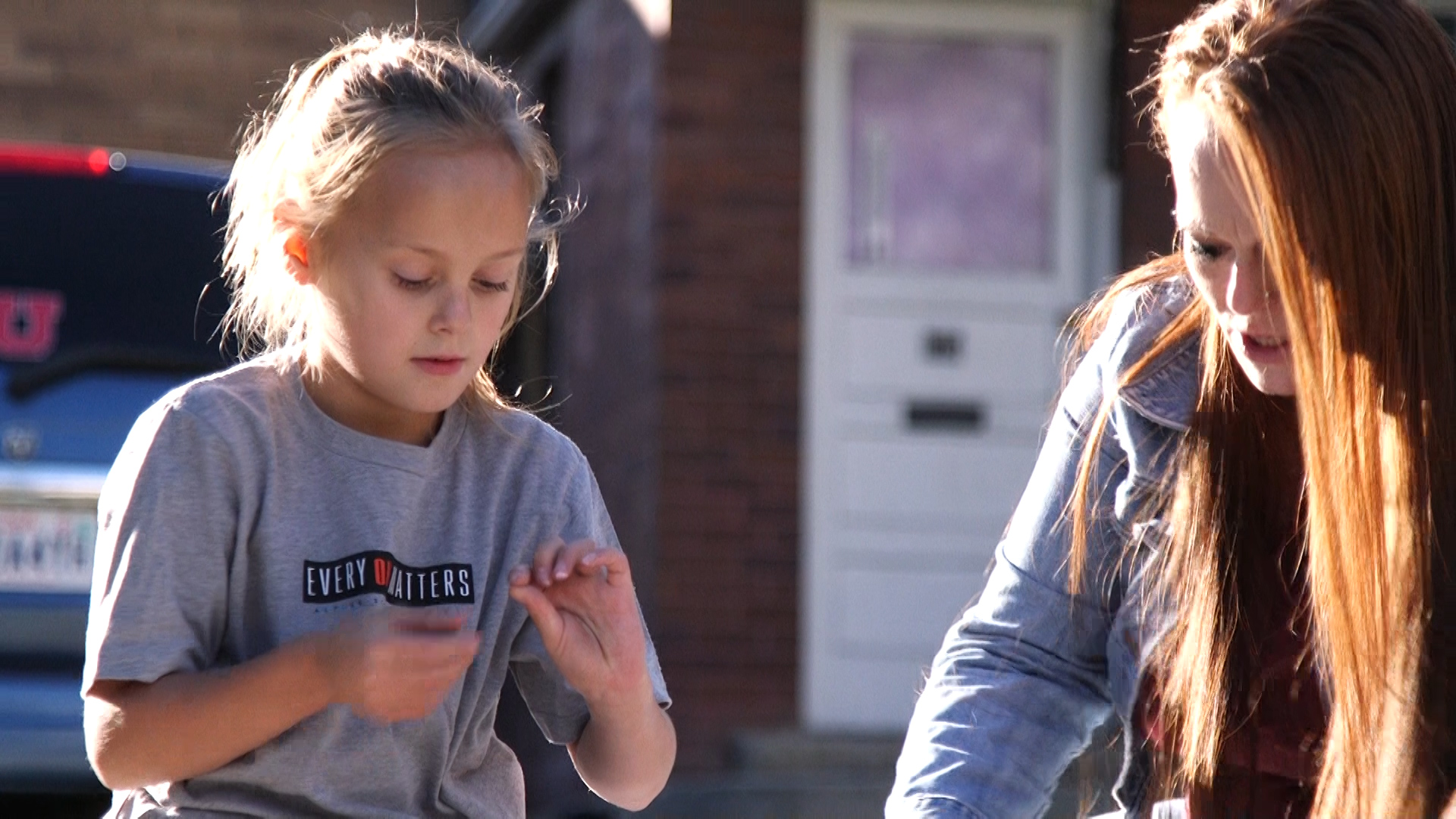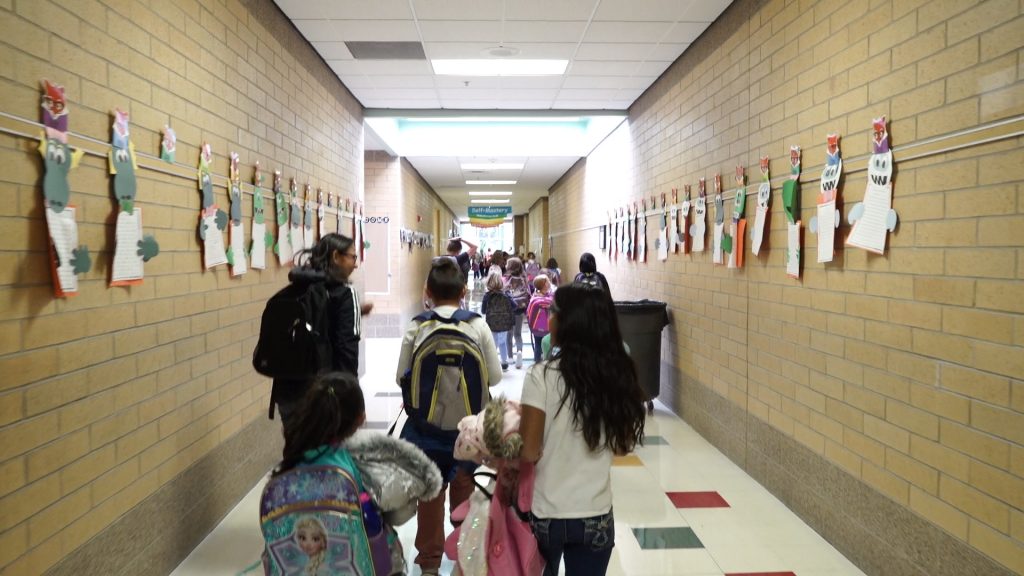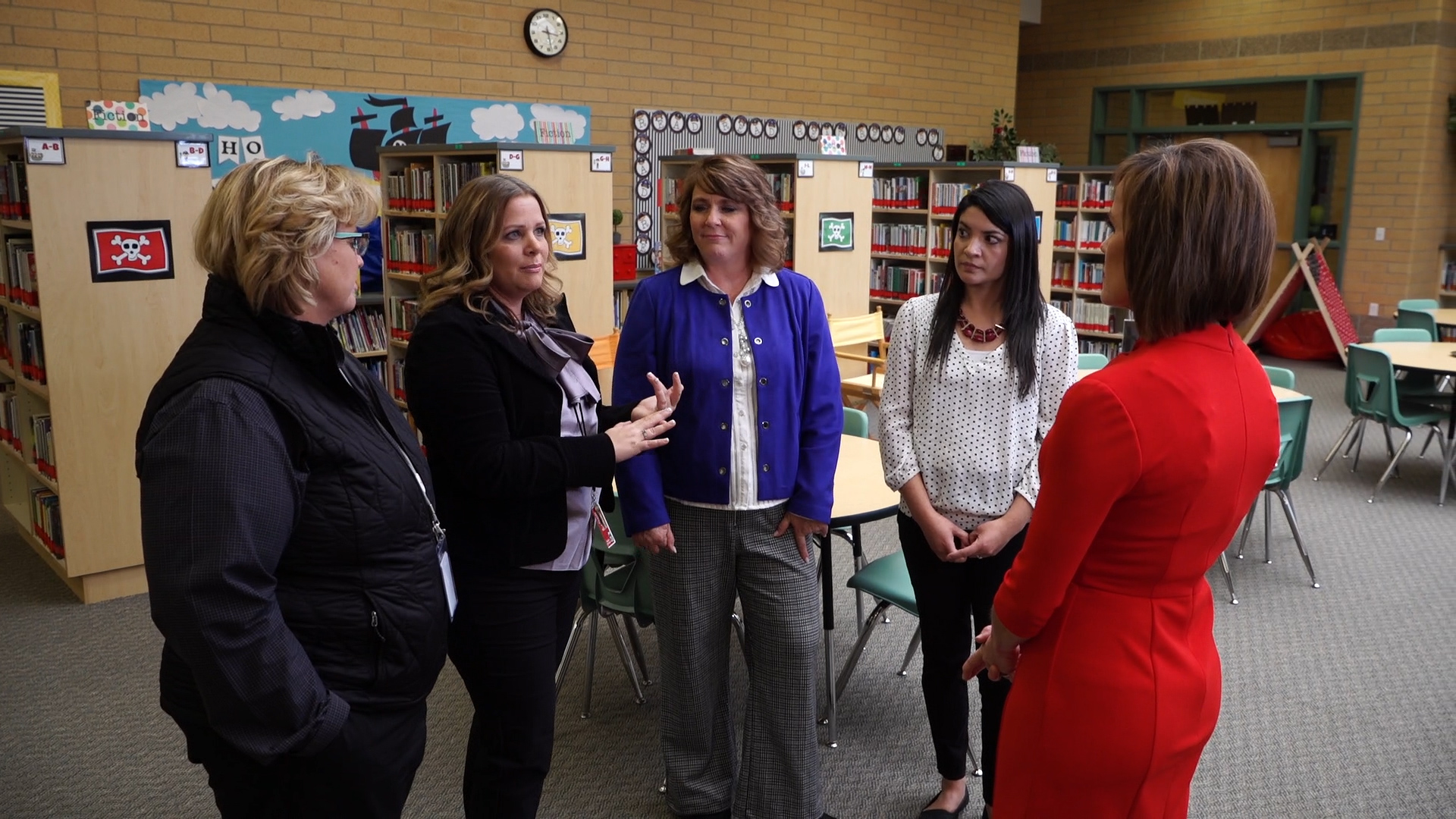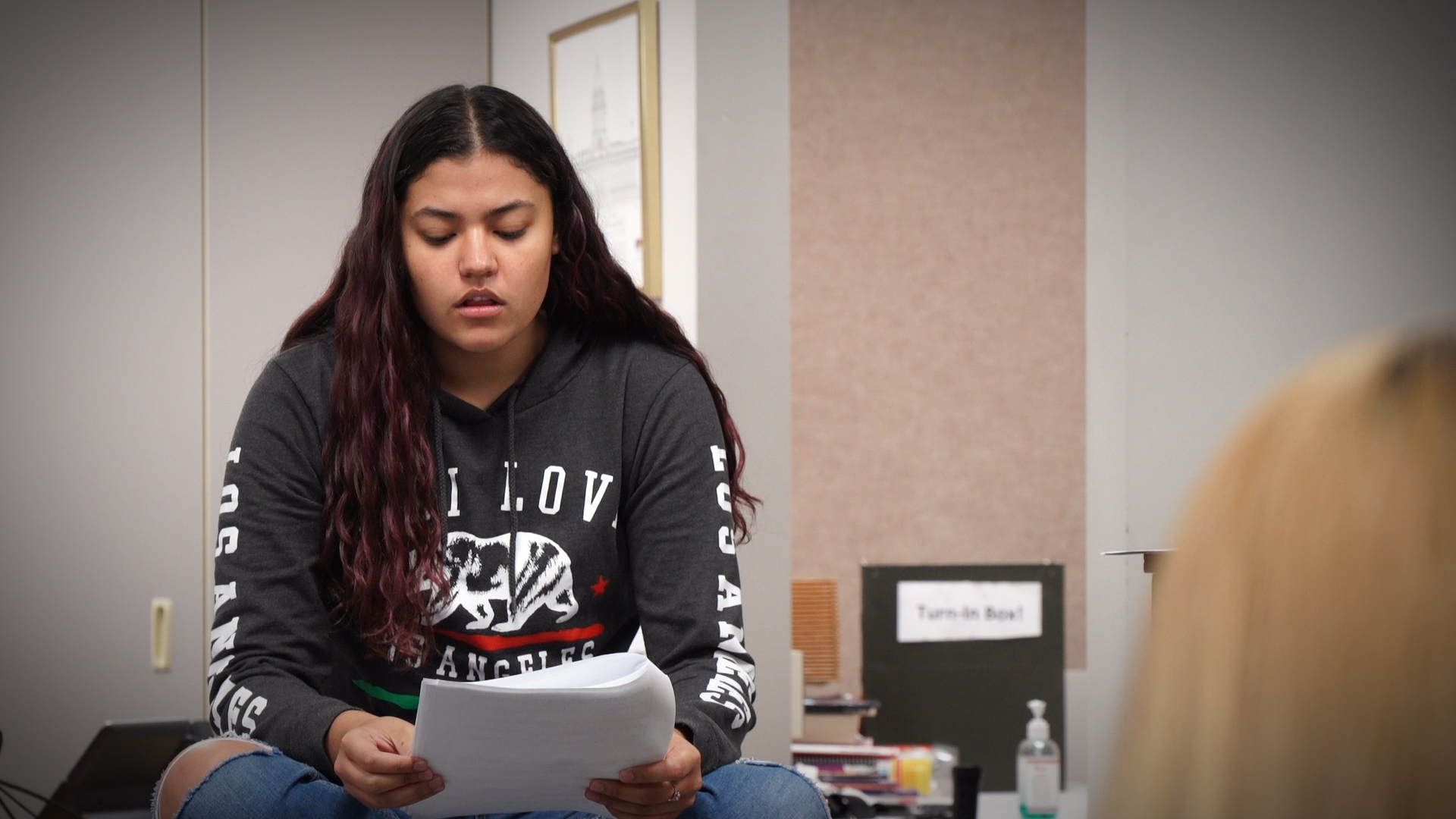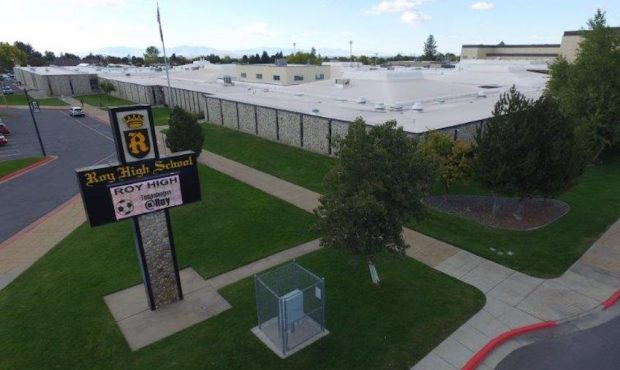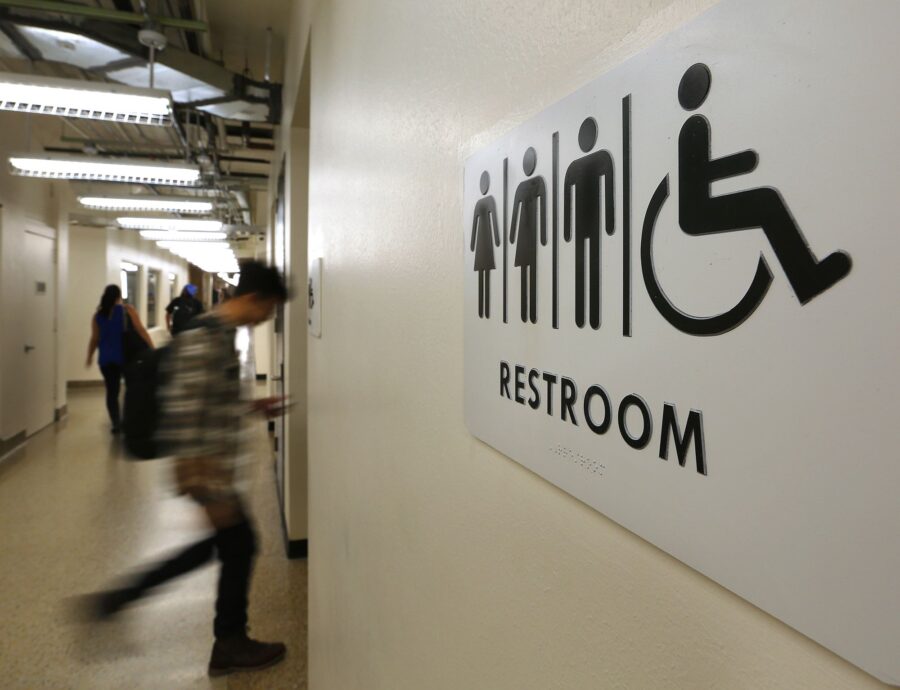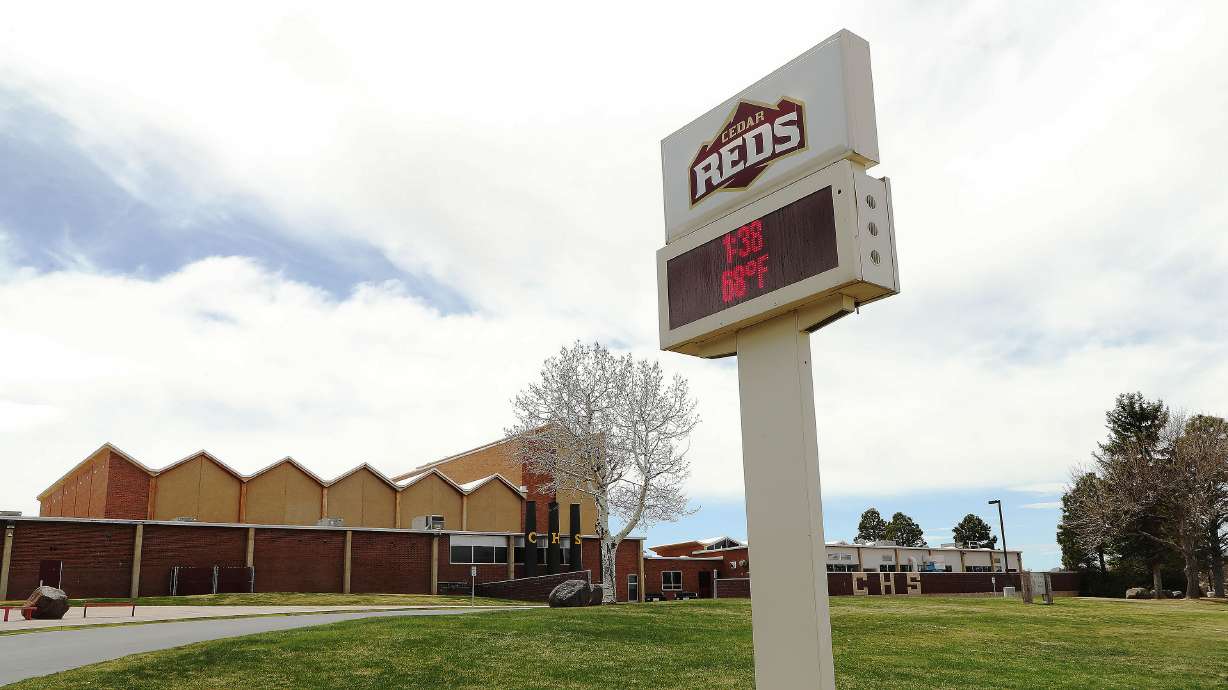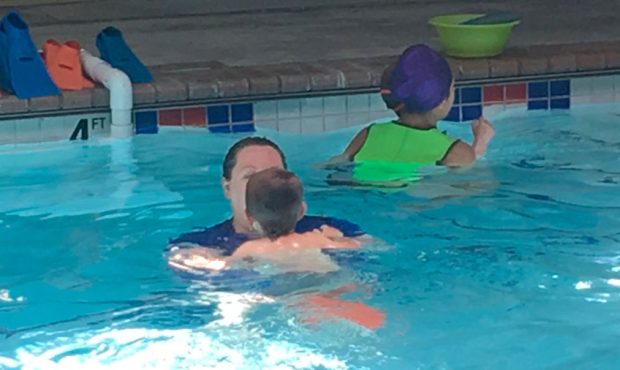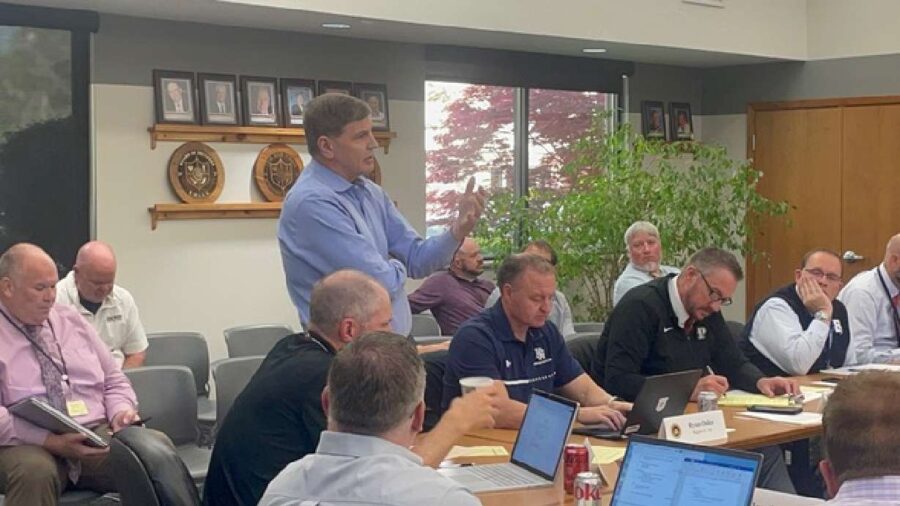Childhood Anxiety: How Utah Schools Are Addressing Rising Mental Health Challenges
Nov 5, 2018, 10:54 PM | Updated: May 21, 2023, 4:01 pm
AMERICAN FORK, Utah – The first day of school brought some challenges for Valerie Norton’s daughter. The third grader, who had never before demonstrated signs of anxiety, began having daily meltdowns.
“I took her to school and she literally clung to me and said: ‘I don’t want to go. I’m not going,’” Norton said of her daughter, Aspyn. “It was out of character for her to act like that. Completely unlike my daughter.”
Norton didn’t know where to turn. Fortunately, Aspyn’s school, Forbes Elementary in the Alpine School District, had just hired a counselor. They started meeting, identifying the source of Aspyn’s anxiety and working through it.
“We’re kind of pushing through things with my family and how they taught me the word resilient,” Aspyn said.
“Being able to do hard things, it’s a skill you can use your whole life,” added her counselor, Jana Wiltbank.
Aspyn is one of a growing number of students who face mental illnesses at increasingly younger ages.
Rising need for mental health resources
According to the Child Mind Institute, nearly half of American youth will experience mental illness by age 18.
The 2017 Adolescent Health Report recently released by the Utah Department of Health shows troubling indicators. More than 27 percent of students reported feeling sad or hopeless. More than 20 percent of Utah students in grades 8-12 reported psychological distress. And 18 percent said they had seriously considered suicide.
The numbers of students reporting these and other mental health red flags has increased steadily since 2013.
Schools increase focus on mental health
Schools are feverishly trying to adapt to meet the needs.
More than a dozen Utah school districts from Cache to Kanab applied for and received money from House Bill 264 that provides $2 million to hire elementary school counselors.
Jordan School District is using those funds and their own to put a psychologist in every high school, middle school and even in its 36 elementaries. At Herriman High, where there were seven suicides last year, there are now nine counselors, a psychologist and a social worker.
In the Canyons School District, administrators are working to get a half-time psychologist and a half-time counselor in every school. And they have a family resource center which among other things, teaches anger management to kids in third to fifth grades.
Alpine School District also prioritized hiring a batch of elementary counselors, recognizing mental health may carry the same importance as academics.
KSL spoke with four new elementary counselors in that district about what they are seeing.
“There’s always been a need,” said counselor Carrie Whitney. “It’s just a priority need now.”
“It is very hard for them to keep up with everything that’s being thrown at them,” added counselor Julie Thornton.
Alpine counselors and others say at the heart of the skyrocketing need is a growing number of kids who face more traumatic experiences at home: things like poverty, homelessness, divorce, parents using drugs, a parent who’s incarcerated, a parent who’s deported.
“You see them come to school with adult issues,” said counselor Michelle Porcelli. “They’re no longer able to just be kids.”
All agreed it is important to work with children at a younger age.
“It’s important to start now, start earlier, the earlier the better,” said counselor Jeanette Perez. “Teaching them those coping skills so then when they do go to middle school or high school, they know how to cope.”
Learning to cope
Those coping skills are a steep learning curve for high school senior Jamie Cutler.
A few years ago, her parents divorced. They moved in with extended family. She lost her friends, her mom and her financial stability. One of those family members was a drug user.
“We had a lot of traumatizing experiences, cops at our house all the time,” she said.
Cutler stopped going to school for a time, but then ended up at Mountain High, an alternative high school in the Davis School District.
Principal Kathleen Chronister estimates 85 percent of her students struggle with at least one mental illness.
“Meaning that it has been crippling for them, which is why they haven’t been doing well at school,” she said.
Since coming to Mountain High, Cutler has gotten back on track. An impressive 96 percent of the students at this school graduate.
But she admits it is only possible with the targeted help and support she gets for her mental health.
”I don’t know how stable I’d be without them, if I’m being honest,” she said. “You don’t get a lot of help when you’re in your room.”
Assessing risk
All of us have a role in helping young people. Research suggests we shouldn’t dismiss the severity of these disorders, or their impact on a child’s development.
According to the National Institute of Mental Health, untreated anxiety can play a role in future depression, drug use and even suicide.
The Adverse Childhood Experiences Study (ACES) conducted by the Centers for Disease Control also found a direct link between childhood trauma and issues of chronic disease, depression and emotional problems later in life.
If you’d like to see if you or your child could be at risk of physical and mental health consequences, you can take the ACES quiz here.

